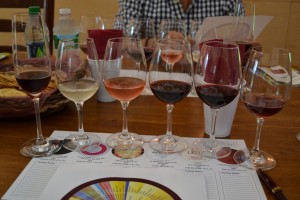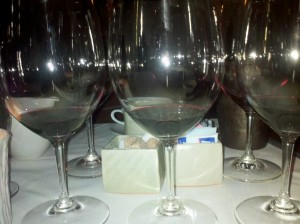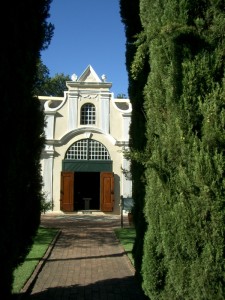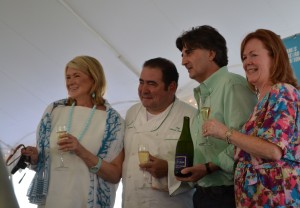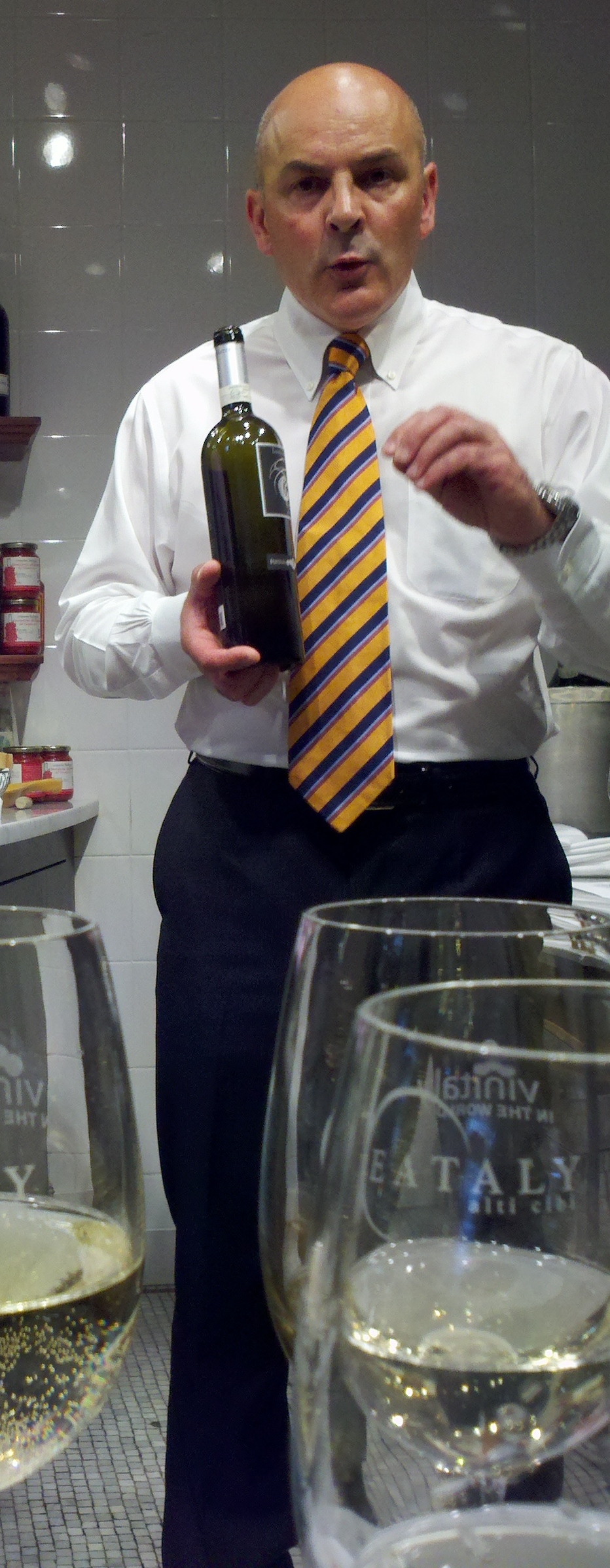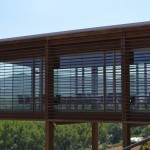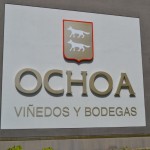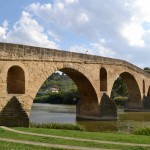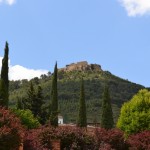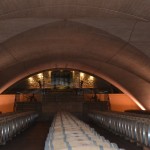Introducing a seminar on Italy’s Alto Adige region, Cornerstone Communication’s CEO Marsha Palanci explained that, “This is the only part of Italy where you can hear yodeling in one window and arias in another.” Not surprisingly, in looking at regional photos, you would half expect Julie Andrews to suddenly appear and belt out songs from the Sound of Music.
Marsha further added that both Mediterranean and Alpine botany could found growing side by side in the region, before turning the presentation over to the panel moderator Mary Ewing-Mulligan. Mary stressed the homogeneity across the region and underscored the ageability of these wines due the high mineral content in the soil.
Alto Adige, the northernmost region of Italy, was under Austrian rule until 1919, hence the yodeling. And, to this day, both German and Italian are the official languages. With the Dolomites to the East and the Alps to the north, these mountain ranges shelter the area from the cold forces of the North and trap air from the lakes. This protection also extends to the limited rainfall with the region seeing 300 sunny days per year. (Although with my luck, I’d be liable to visit on one of the other 65 days.)
When considered separate from Trentino, Alto Adige is the smallest of Italy’s 20 regions. To put its size in perspective, Mary explained that the land was 50% larger than New Jersey, but that the population was just 6% of New York City. Yet, despite its limited size, 98% of its production is at the Protected Designation of Origin level – the most of any Italian region. In fact, three times as many of Alto Adige’s wines win Tre Biccheri awards compared to Tuscany.
The area’s steep slopes are given over to white grapes while the lower, rolling hills are planted to reds. The core varieties seen in the U.S. market are Pinot Bianco (aka Pinot Blanc), Gewürztraminer, Pinot Grigio, Pinot Nero and Lagrein, which highlight the region’s Germanic and French influences. Regardless of the specific variety, white plantings account for 55% and are on the rise.
The seminar’s tasting was a varied set of grape varieties and vintages, with the oldest wine dating to 2002.
Franz Haas Cuvée Manna 2004, IGT Dolomiti, Italy, ($40.00, 2009 vintage)
In 1988, the winemaker attended a 7-course tasting dinner and was inspired to create a wine that would pair well with a broad range of foods/courses. This wine, a blend of Riesling, Chardonnay, late harvest Gewurztraminer and Sauvignon Blanc, is the result of that inspiration. The Chardonnay and Sauvignon Blanc are both barrel-fermented, which add complexity to this unusual wine. With six years of age, the wine was showing some development with notes of honey, spice, pear and floral. The high acidity and medium+ body provided nice structure to the complex and concentrated flavors, which culminated in long length throughout the mineral finish. The wine is IGT as opposed to DOC designated due to its unorthodox blend.
Nals Margreid Pinot Grigio Punggl 2007, Alto Adige DOC, Italy, ($24.00, 2009 vintage)
In an old German dialect, the word Punggl means hill, which, in this case, refers to the name of this hilltop, single vineyard located in the southern part of the region. Earth, mineral, green apple and a hint of citrus aromas gave way to a palate of high acidity, medium body, mineral, citrus, orange peel and long length. Aromatic with crisp acidity, Mary described the wine as having one leg in Alsace and another in Italy, while Klaus Gasser, oenologist at Terlan, suggested that it had great tension now, but could age up to 10 years.
Terlan Nova Domus Terlaner Riserva 2005, Alto Adige DOC, Italy, ($55.00, 2007 vintage)
The reason for the apparent duplication is that Terlan is both the town and the name of the appellation. Intertwined in the region for ages, this Pinot Bianco, Chardonnay and Sauvignon Blanc blend has been made by Terlan for 100 years. Floral aromas with slight honey, spice, stone and pear greet the nose while citrus, floral, yeast and mineral notes persist on the youthful palate. Klaus attributed the mineral character to the Pinot Bianco. Mary remarked that the Sauvignon Blanc was speaking, but further admitted that the wine could age beautifully and that, “great Pinot Bianco is from Alto Adige.”
Alois Lageder, Chardonnay Löwengang 2002, Alto Adige DOC, Italy, ($40.00, 2007 vintage)
Löwengang refers to the 400 year old Manor House known as Lion’s Gate at the winery. Here, these 40-60 year old vines are grown on southeast facing vineyards, which receive good sun exposure. The long growing season permits the grapes to develop concentrated wines. At fours years old, the wine was showing some development with earth, slight oak, mineral, apple and citrus aromas. The palate was still quite youthful with high acidity, full body and an undercurrent of spice and oak throughout its long length. Mary advised that the wine’s strong acidity masked the fact that it had undergone malolactic fermentation.
Peter Zemmer Gewürztraminer Reserve 2006, Alto Adige DOC, Italy, ($29.00, 2009 vintage)
The winery’s stated goal to capture grapes at their natural freshness comes through on this pungent, but balanced wine. Both beautiful and elegant, the wine showed pronounced notes of floral, tropical fruit, spice, smoke and mineral. The medium+ body, medium+ acidity and oily texture provided a backdrop for the spicy, honey, tropical fruit flavors with good concentration and ripeness in the finish. Mary noted that while there was some noticeable residual sugar on the palate, it came across more as richness than sweetness due to the wine’s high acidity.

